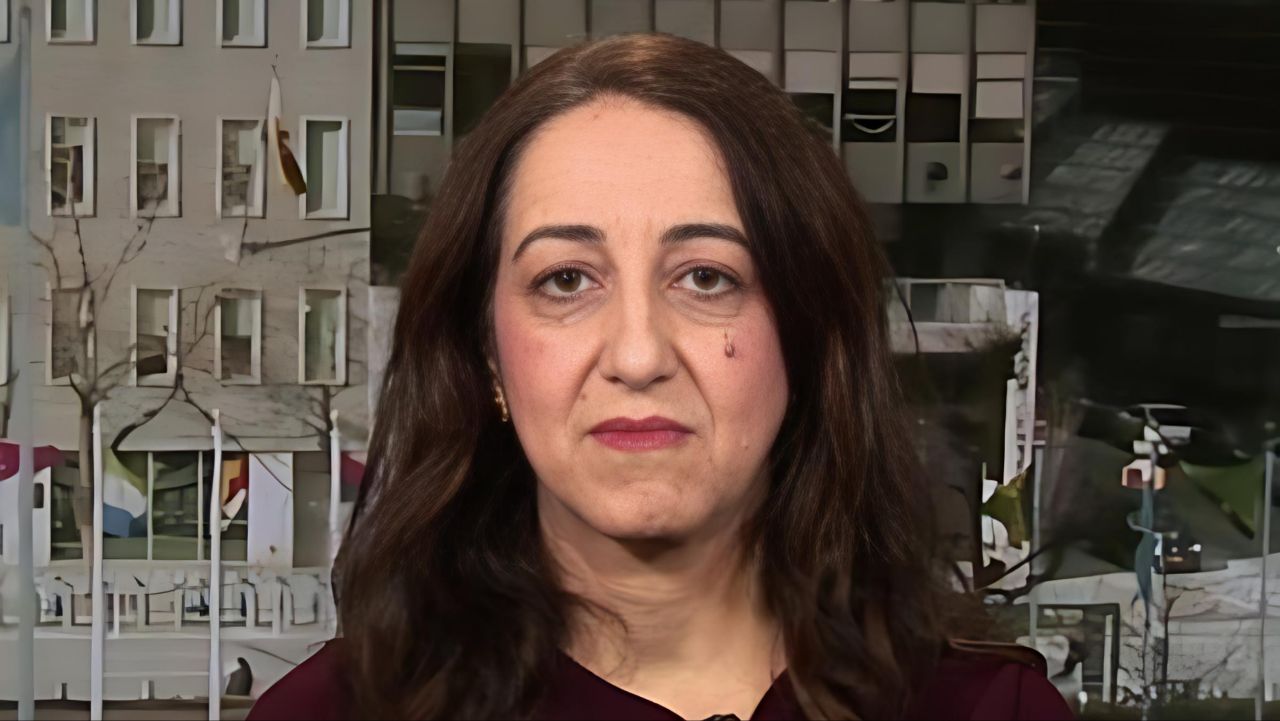Farnaz Fassihi, the Iranian‑American journalist at The New York Times, is back with fresh allegations—but still relying on vague, unnamed sources and a recycled narrative.
A Familiar Pattern: “Credible” But Unseen Sources
In her latest article, Fassihi cites unnamed “knowledgeable sources” to claim that Iran’s Supreme Leader has secretly named three potential successors and is operating from an undisclosed safe house, suspending official communications and channeling orders through a trusted aide. But if the Leader is indeed cut off from direct contact, how — from her base in the U.S. — did Fassihi obtain such intimate details?
Déjà‑Vu: Previous False Claims
Just two years ago, The New York Times reported that the Supreme Leader was bedridden, had undergone surgery, couldn’t even sit up, and had canceled all public engagements. Yet the very next day, he appeared at a student delegation, delivering a speech standing and without a cane.
More Unverified Accusations
At the start of indirect Iran–U.S. negotiations, Fassihi wrote that senior Iranian officials pressured the Supreme Leader in a secret meeting — citing war risk and economic woes — to change his stance on talks. That claim, like others, turned out to be baseless.
In another instance, after Hamas leader Ismail Haniyeh was killed in Tehran, Fassihi cited seven unnamed sources to assert it was via a bomb planted months earlier. While the method remains contested, the details remained unverified.
She also claimed that Iran’s UN ambassador secretly met Elon Musk in New York to ease tensions—a story the Iranian Foreign Ministry explicitly denied, and Musk’s travel logs showed he wasn’t even in New York at the time.
Conclusion
Fassihi’s latest article follows a well‑worn playbook: bold, sensational claims sourced from unspecified insiders. Yet, when scrutinized against verifiable facts—dates, appearances, flight records—these claims often unravel.
From: fars plus


